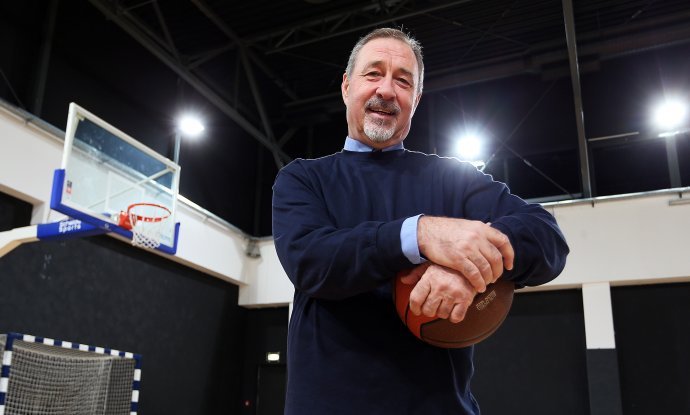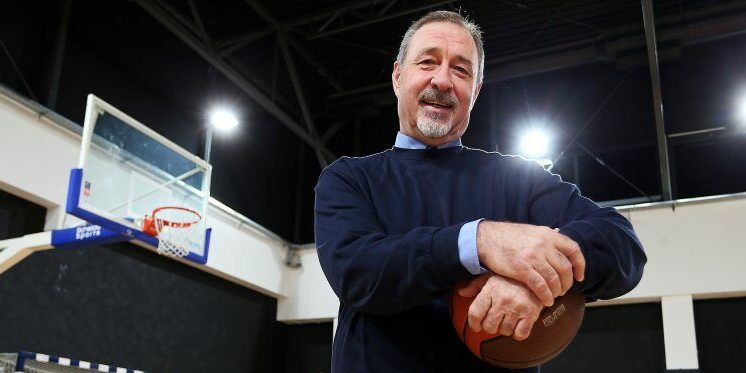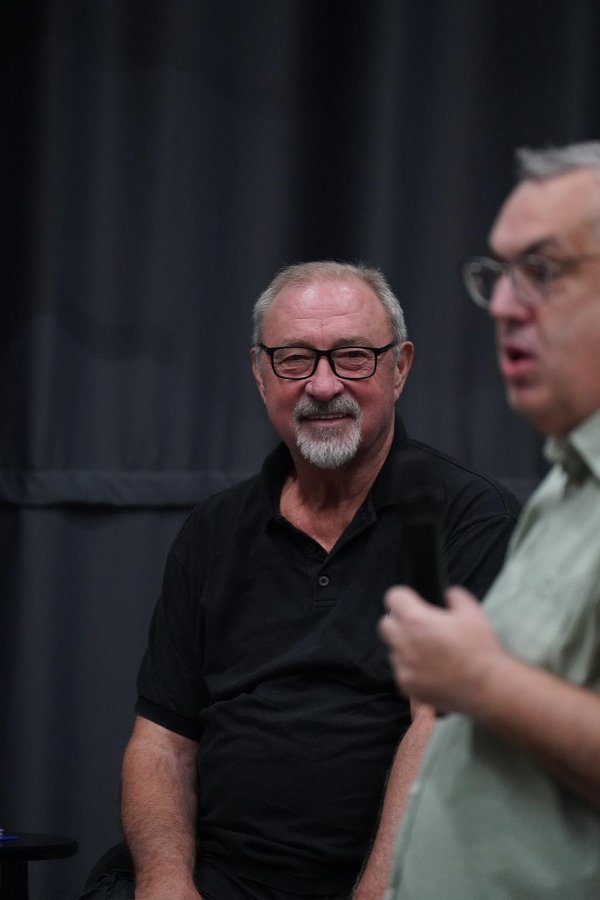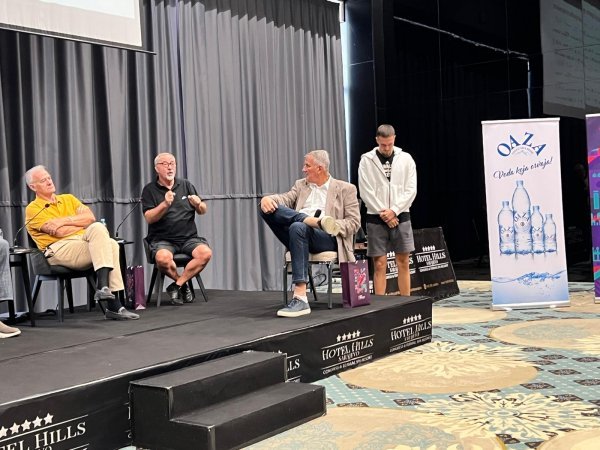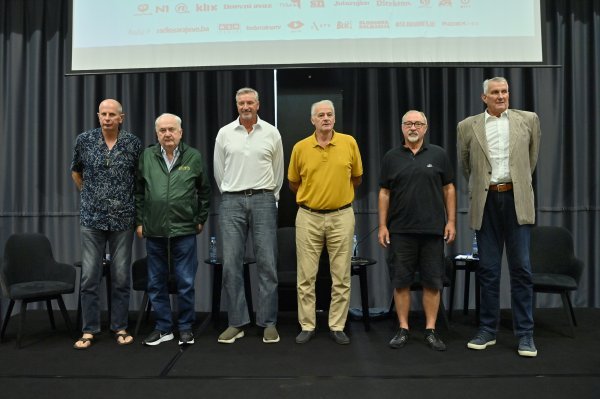‘To work seriously, conscientiously, and exceptionally with young players today, you must know what kind of basketball will be played tomorrow. I spent six years conducting research on this topic across scientific disciplines: physics, mathematics, anatomy, basketball, technique, tactics, technology, methodology, pedagogy, psychology, logic, diagnostics, analytics. I gathered about 130,000 records and devised 101 Basketballplus (‘B+’) laws, formulas, recipes, and advice. This has elevated basketball on a global scale and assisted all stakeholders: players, parents, coaches, presidents, investors, teacher trainers, promoters,” Halilović stated for tportal.
In addition, he has, as he calls them, several ‘invaluable pieces of advice’:
‘First, I would maximize the use of inherited genetic values, and implement learned-acquired values into team play. Second, I would timely assess the talent of each young basketball player; whether they are suited for elite sports or recreation, so as not to waste their youth on misguided dreams. Third, I would introduce the most productive warm-up for training into basketball, which each time enhances the maximum energy capacity of the players and simultaneously develops other basketball values. Fourth, I would overcome aggressive defenses with a new basketball alphabet and effective offensive technical-tactical skills. Fifth, by individualizing the education of basketball players according to their genetic, mental, and physical potentials based on the DNA 46 platform, I would accelerate and enrich their development. Sixth, I would introduce coaches for individual development and maintenance, as well as coaches for team work who implement the acquired values of players into team play, rather than standardizing ball and player movement by copying others. Top-level basketball, like medicine, can no longer exist without expert specialists,’ said Halilović, and in his presentation, he has many more pieces of advice for young players and coaches.
He also emphasized what is extremely important to him:
‘The break between two competitive seasons should not be longer than 10 days, and it should be used to create additional value so that the player can be even better in the next season. However, to develop their potential to the maximum, young and potent senior basketball players should play one game a week, and training should be reduced to four individual and five team sessions,’ he said, adding the advice he would give to coaches working with young players:
‘I would resolve the dilemma of elite basketball due to the decline of so-called potent players by emphasizing those currently more potent, rather than those currently more qualified and better. This would correct a major mistake that coaches, clubs, and national teams make for the sake of team results, causing irreparable damage to basketball.’
He also commented on today’s young coaches:
‘Basketball experts should think in terms of time categories – yesterday, today, tomorrow. Those who do not consider them, and try to become youth coaches immediately after their playing career without education, inflict irreparable damage even to their own children, limiting even the most potent to the level of a second-hand player,’ Halilović singled out from his project.
But the most important thing is that, unlike many coaches, he would systematically introduce player specialization by positions for senior competition. What this means, he explained by citing two of the most famous examples from the region:
‘The shortest players do not have to play the point guard position, and the tallest do not have to be centers. The ‘B+’ program offers reasoned advice on who should play what to give their maximum. This is best illustrated by examples from my practice, such as Žarko Paspalj and Toni Kukoč,’ said Halilović, an expert with a vision, but it remains to be seen whether others will accept his program.
He paid special attention, as the most important basketball element, to the jump shot:
‘The most important basketball element, the shot, I have shaped into six precision arsenals. In short, I devised it with programmed targeted exercises and measurement units for the so-called moment of truth, which periodically monitors the set progress speed and raises the technology to a high level,’ said Halilović, and he is particularly proud of working with the generation of players born in 1964, including Dražen Petrović.
‘Yes, Dražen was in that system from the cadet to the senior national team,’ said Halilović, emphasizing that it was immediately apparent that he was a hard worker and quickly absorbed new knowledge, constantly investing in himself to progress.
